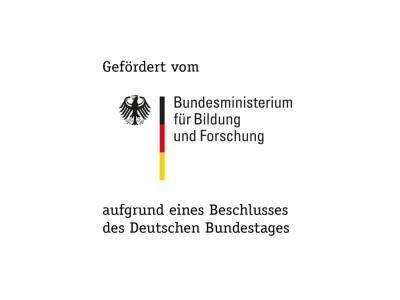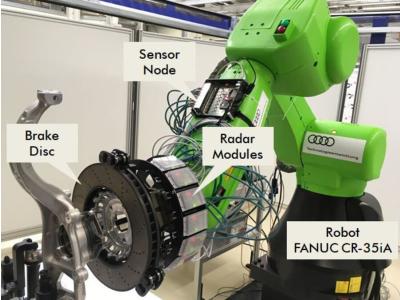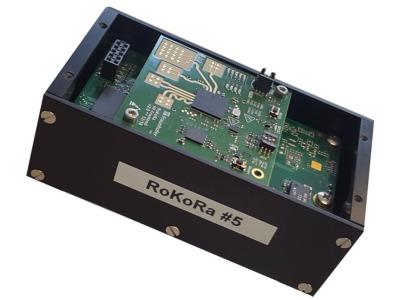RoKoRa - Secure Human-Robot Collaboration
"Sichere Mensch-Roboter Kollaboration mithilfe hochauflösender Radare" / "Secure Human-Robot Collaboration using High-Resolution Radars" (July 2017 to December 2020) was funded by the Federal Ministry of Education and Research (BMBF) of Germany.
Motivation
In the future, humans and robots will increasingly interact directly and in confined spaces in both service and industrial robotics. To achieve this, it is absolutely essential that these systems always guarantee personal safety and at the same time ensure that the robot moves as smoothly as possible. Existing systems, however, often still have shortcomings.
Goals and Approach
The aim of the RoKoRa project is to develop a new safety system for personal safety in human-robot collaboration. For this purpose, robots are equipped with new radar sensors that form a kind of radar skin around the robot. Within this protective field, the robot can estimate movements, for example those of a person, very precisely. The robot should not interrupt its own movements, but adapt them to human movements without touching them, thus guaranteeing safe, robust and efficient interaction. The new system is to be developed taking personal safety and occupational safety into account and evaluated in a test application.
Innovations and Perspectives
The project enables new technologies for a close and direct physical interaction between humans and robots. These technologies can be transferred to many applications in the personal and domestic environment, in medicine and in industry.
Project Links and Project Partners:
- Project Coordinator: Fraunhofer IAF
- Partner: Fraunhofer SCAI
- Partner: IMST GmbH
- Partner: University of Kassel
- Partner: FANUC Robotics Deutschland GmbH
- Partner: Deutsche Gesetzliche Unfallversicherung e.V. (DGUV)
- Partner: AUDI AG
Results of the Project
sR-3402e is one of the results of this research project. The radar module was developed for 77/79 GHz FMCW radar with Texas Instruments radar chip AWR1243 and NXP radar signal processor FS32R174. The frontends were designed by partner Fraunhofer IAF and consist of 3 transmitters (3 Tx) and four receivers (4 Rx). Frequency bands from 76 to 77 GHz and 77 to 81 GHz can be applied. IMST designed and manufactured the baseband board with radar signal processing, Ethernet interface and DC supply (with Power-over-Ethernet or external 12V DC). The left photograph shows the radar module without radome. The frontend/antenna board is attached on top of the processor/interface board. The second photograph was made during a project meeting where all components were put into operation on a FANUC robot at an Audi test laboratory.
Please check out the results profile of the RoKoRa project. Note that the text is only available in German, because it is a publicly founded project of the Federal Republic of Germany.

Are you interested in our research or looking for a project partner?
Our team is looking forward to working with you!



